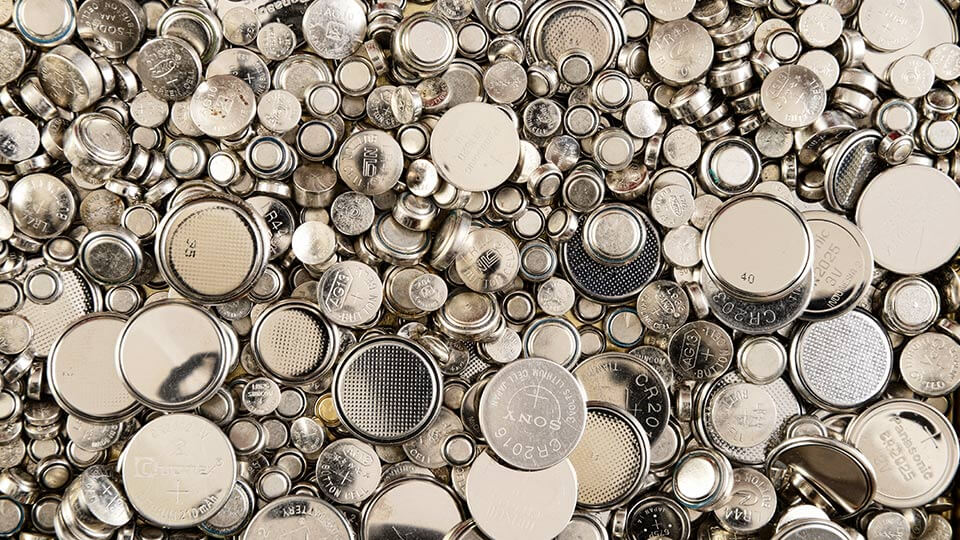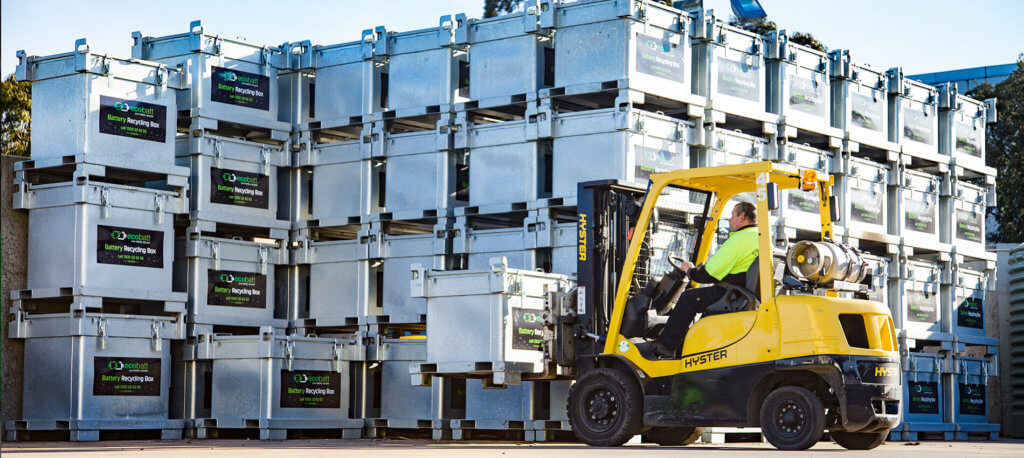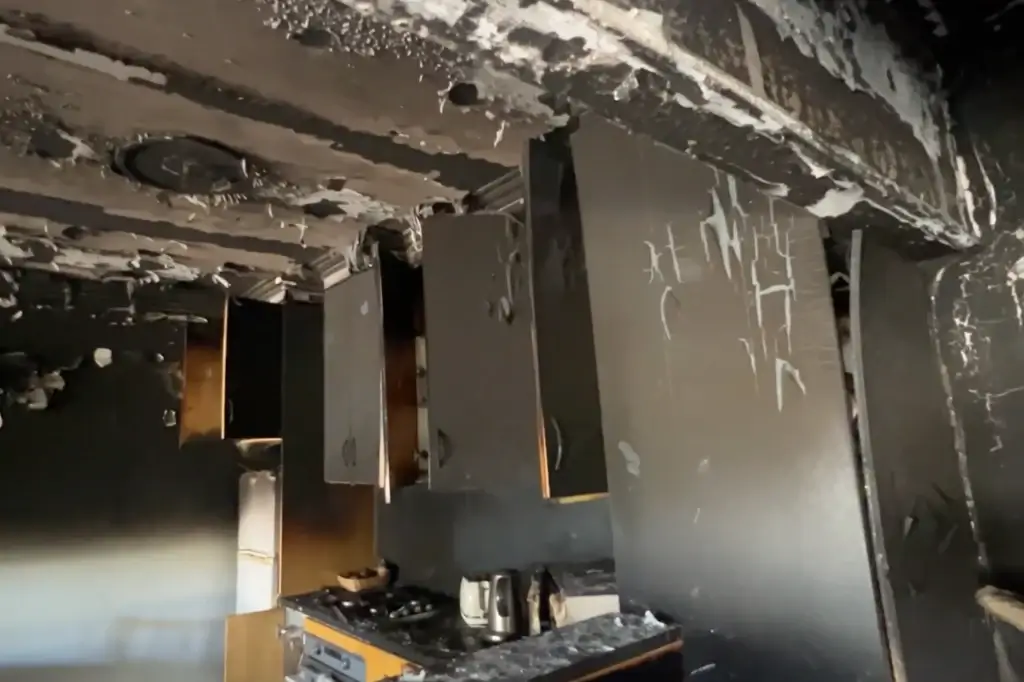Lithium is the lightest of all metals, and that’s a key reason why lithium-based batteries are used in everything from phones to electric vehicles (EVs) to home and grid-scale storage batteries: more power capacity for less weight.
And as the demand for gadgets, electric cars and home storage batteries begins to take off, a couple of related questions come to mind:
- Where is all the lithium we need going to come from?
- What happens to all the batteries when they reach the end of the working lives?
Both questions will increasingly be answered with one word: recycling.
Of course, there needs to be an initial supply of lithium from natural resources.
Most of the lithium used in batteries comes from salt lakes in Argentina, Bolivia and Chile.
Australia has significant reserves, but here it’s in a rock form that requires further processing to be used in batteries.
However, regardless of where it comes from and what form it is in, lithium is a finite resource.
With demand expected to build rapidly and eventually outstrip supply, if we keep digging lithium out of the ground and harvesting it from South American salt lakes those reserves will eventually be depleted. Recycling will then be the only option.
Lithium isn’t just useful in batteries. It has a range of uses, including making glass and ceramics, adding colour to fireworks, and as a treatment for bipolar disorder and depression.
In many applications lithium can’t be practically recycled, making it even more important to recover it from batteries.
Not so simple
That said, recycling lithium from batteries isn’t a simple process.
Part of the problem is that lithium only makes up 2-5% of the weight of a battery.
On top of that, and despite recent price rises, lithium represents only a small portion of the cost of a battery.
Current battery recycling therefore focuses more on the recovery of other metals such as aluminium, copper and cobalt, with the lithium ending up in the waste component (slag).
Fortunately, efforts are being made to make lithium batteries easier to recycle by promoting more standardisation, giving consideration to recycling at the design stage, and moving to a more direct recycling process that allows battery components to be reused with minimal reprocessing.
Fair share
Australians are big users of mobile devices. We are turning in large numbers to the Tesla Powerwall and other home storage batteries to pair up with our huge numbers of rooftop solar panels.
We’re a bit slow on the uptake of EVs, but that will change as prices come down.
And electricity companies are in the process of installing really big batteries to help stabilise the electricity grid as we install more wind and solar power.
In short, we’ll be chomping our way through at least our fair share of lithium batteries, and as we shift from an oil economy to a lithium economy it’s only fair that we take on our share of the responsibility for recycling this irreplaceable resource.
To allow this to happen, Ecocycle is building the facilities that will help ensure as much of the lithium battery recycling process as possible is carried out in Australia.
If your business needs a solution to lithium battery recycling, give us a call on 1300 32 62 92 or fill out the form below. Together we can help keep lithium working for us instead of going to waste.





